
By 1908 it was apparent to many people that the automobile was more than just a passing fad, so Robert Craig Hupp and Louis Gorham Hupp organized the Hupp Motor Company in Detroit, Michigan and began seeking financial backing for their new venture. Robert Hupp had started working for Olds Motors in 1902 and then had joined the Ford Motor Company in 1906.
Hupmobile Model 20, to the public the following year at the Detroit Auto Show. Their demonstration vehicle was a two-seat roadster with an 86-inch wheelbase. Robert Hupp told the press:
“Based on the experiences gained over the years that I spent in the automotive industry, I believe that I know the way to make the car affordable, but good.”
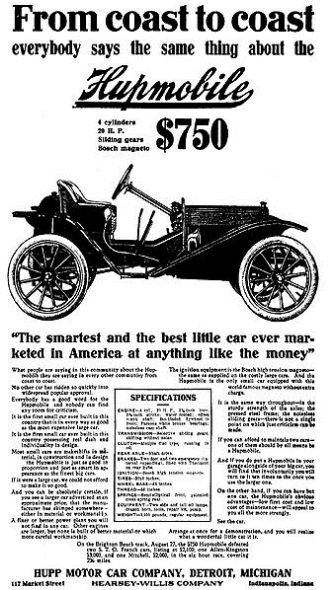
The production model Hupmobile featured a 17 horsepower four-cylinder engine and a sliding gear transmission. It carried a price tag of $750. In the first year of production, 2,618 Model 20s were produced and in the following year 5,340. Two hundred cars were exported to New Zealand.
With regard to the name Hupmobile, it should be noted that many of the early cars were named for their founders plus the designation “-mobile,” such as Oldsmobile, Brushmobile, and Scottmobile.
Robert Hupp felt that the new company should invest in new machinery, new technology, and factories. On the other hand, this investment strategy was not shared by his investors who felt that Hupp was overextending the company. The disagreement between Hupp and his financial backers reached a crisis point in 1911 and Hupp left the company to explore new automotive adventures. Hupp sold his stock, but the purchasers obtained a court order which prohibited the brothers from using the Hupp name on any new gasoline automobile.
In 1911, the Hupmobile Model 20 became the first American car to get into military service when the 26th Infantry Division acquired one. Soon the military were purchasing more and eventually acquired 15,750 of the cars.
In 1912, the Hupp Motor Company became one of two automakers who pioneered the use of all-steel bodies. The other automaker who was exploring the use of all-steel at this time was BSA in the United Kingdom. At this time, the Hupmobile was enlarged from a two-seater to a four-seater and was designated as the Model 32.
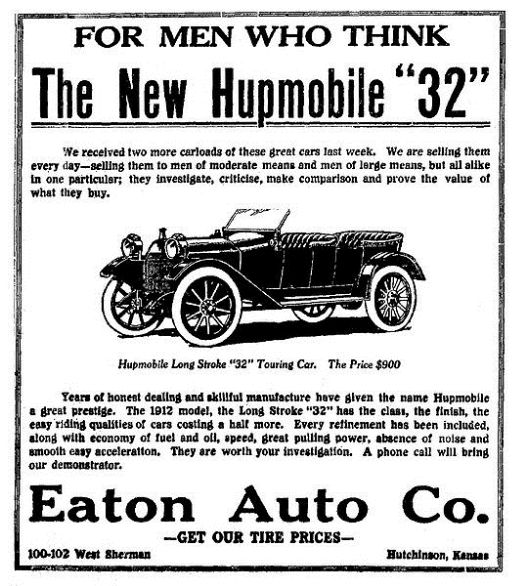
In the 1920s, the Hupmobile prospered and competed strongly against Ford and Chevrolet. Hupmobile had a reputation as a good-quality, unpretentious cars.
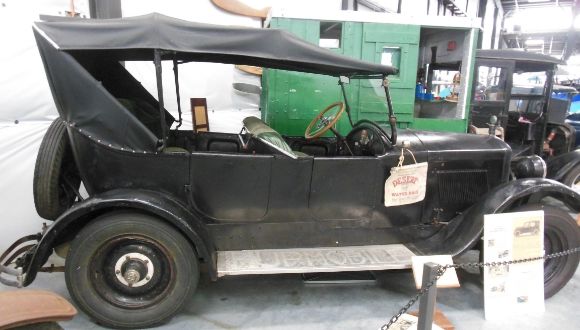
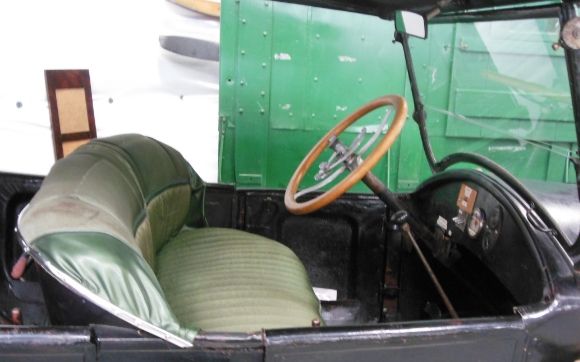
Shown above is 1924 Hupmobile Model 12-R Touring Car on display at the Western Antique Aeroplane and Automobile Museum in Hood River, Oregon.
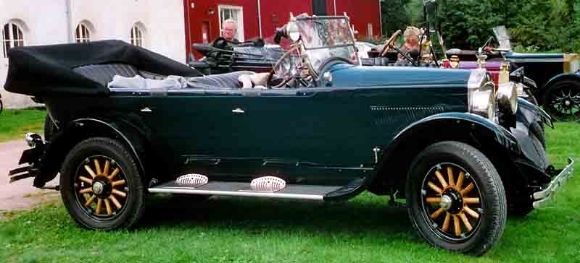
Another 1924 Touring Car is shown above.
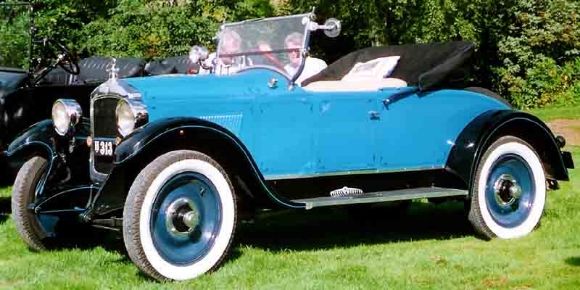
A 1924 roadster is shown above.
In 1925, Hupmobile purchased the rights to produce an eight-cylinder engine with the idea of making the car larger and more expensive. While the idea was to make Hupmobile appeal to a new market segment, the eight-cylinder engine had flaws in its design and assembly. The new engine had reliability issues and Hupmobile suffered a blow to its reputation.
In 1926, Hupmobile introduced a six-cylinder engine. Sales reached 65,000 units in 1928. In order to handle the increase in sales, the Hupp Motor Company purchased the Chandler-Cleveland Motors Corporation to obtain its manufacturing facilities.
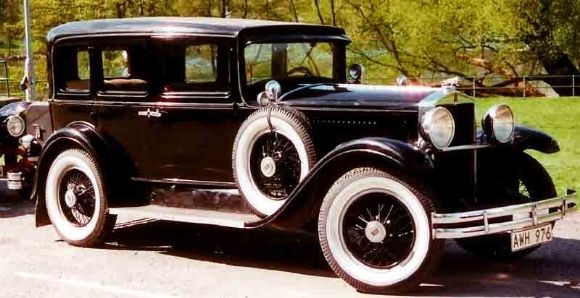
A 1929 DeLux Sedan is shown above.
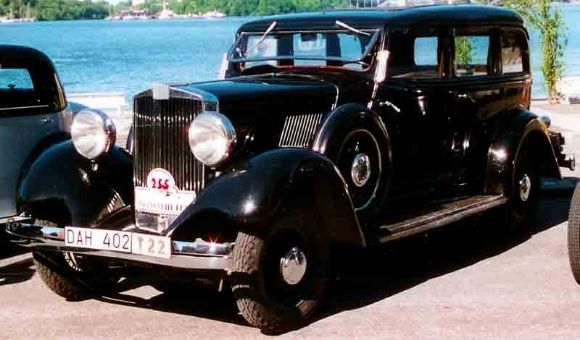
A 1932 Hupmobile is shown above.
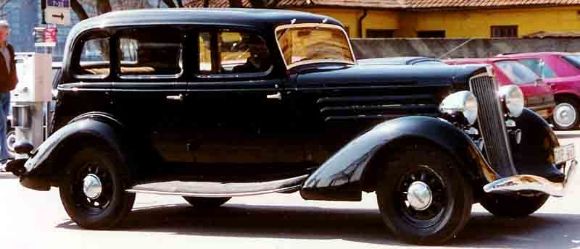
A 1934 Hupmobile is shown above.
As with other automakers, the Great Depression impacted the Hupmobile. In 1935 there was an attempted hostile takeover of the company and by 1936 the company had to sell some of its plants. In 1937, Hupmobile suspended manufacturing. A new line of six-cylinder and eight-cylinder cars was brought out in 1938, but by this time there were very few Hupmobile dealers.
In an attempt to regain market share, Hupmobile acquired the production dies for the Cord 810/812 from the defunct Cord Automobile Company. Using the Cord design, Hupmobile brought out the Skylark. It was hoped that this striking new model would help bring the company back to financial health. While customers were enthusiastic, production delays eroded customer support. Only 319 Skylarks were actually produced.
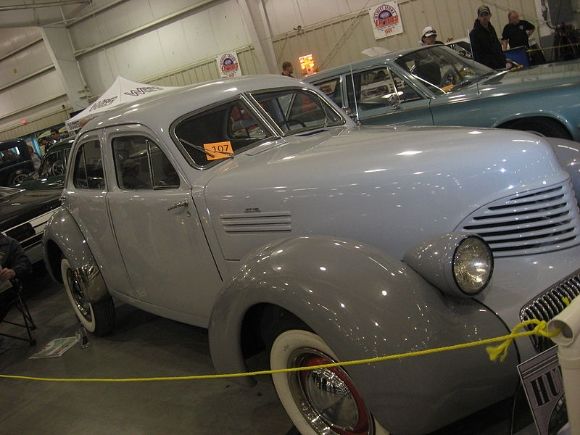
The Skylark is shown above.
Hupmobile stopped production in 1940 and its remaining cars were sold to creditors and distributors.
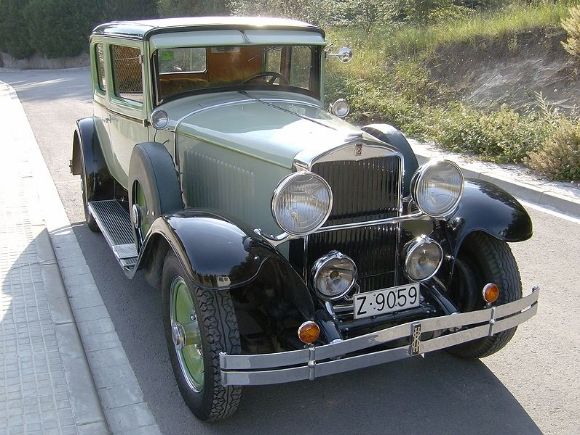
The Hupmobile Opera Coupe is shown above.


